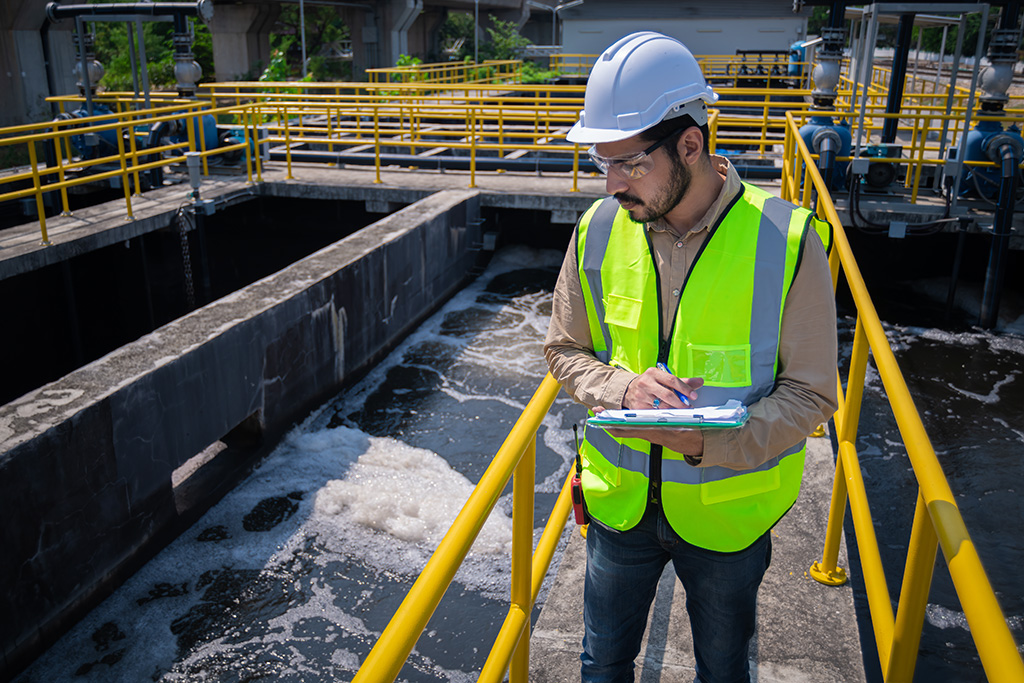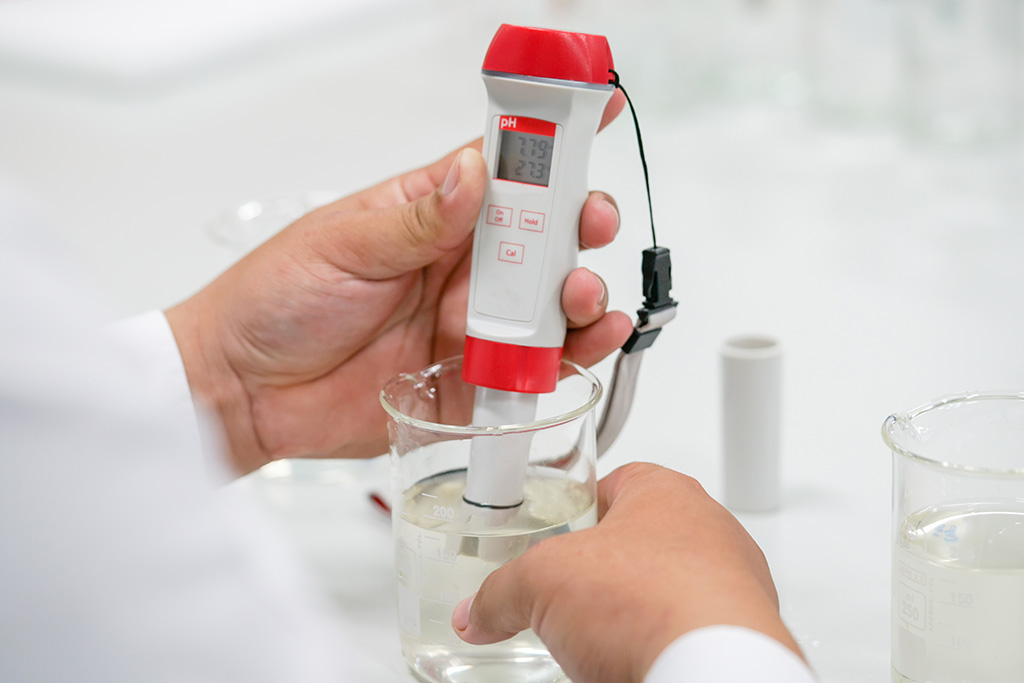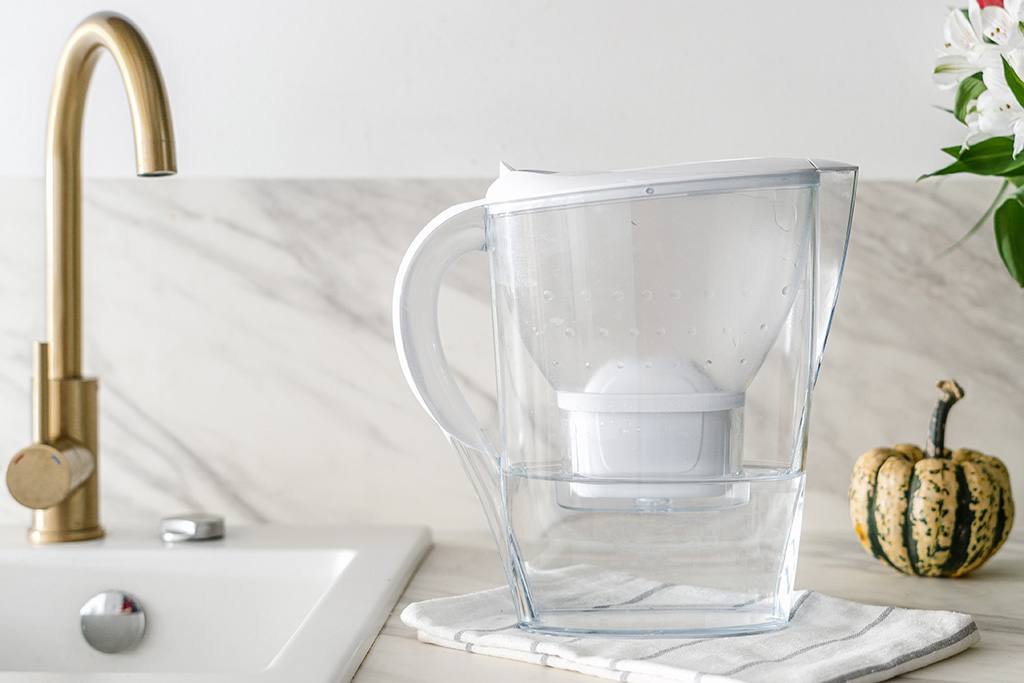Improving Your Home’s Water Quality
There’s almost nothing as good for your body as a serving of fresh, cool water—that is, assuming the water is clean. Though Congress passed the Clean Water Act in 1972 to protect natural waterways and invest resources to purify our drinking water, pollutants like lead and sulfur can still be found in water supplies across the nation. Even small quantities can stain your appliances, damage your plumbing, and expose you to numerous health risks.

Where does your water come from?
Think about the origins of the water that comes out of your faucets. According to the EPA, most Americans receive water from one of the 150,000 public water supply systems across the nation, while the remaining 10 percent draw water from private wells.
Well water is sourced directly from natural underground aquifers, or permeable layers of rock that hold fresh water, and then pumped into tanks. The essential missing steps from this process, though, are testing and filtering. Underground aquifers may sound pure and clean, but contaminants in the earth like pesticides and iron may run off into the water—making it both unsafe for human drinking and damaging to pipes and appliances. If you source your water from a well, the EPA suggests testing it once a year to identify any chemicals that could put your home and health at risk.
However, public water supplies aren’t risk-free either—they can also contain chemicals, heavy metals, and even plastics. For example, it’s completely legal, not to mention common, for hard water—so named because of hard minerals like magnesium and calcium floating in it—to flow from your tap. When hard water dries on surfaces, it leaves behind crusty, resilient mineral deposits that can affect appliances like water heaters and stain fixtures like bathtubs and refrigerators. Many people also believe hard water has an unpleasant taste and odor, and some experience dry or itchy skin after washing in it.

Water testing tips
Set aside time to identify any potential pollutants in your water supply. The best way to do so is by enlisting a state-certified laboratory to test a sample of your water. To find resources in your area, call the Safe Drinking Water Hotline at 800-426-4791 or go to the EPA’s website.
You can also perform an at-home water quality assessment for convenient, albeit less accurate, results. Basic options like this Total Water Analysis Test Kit include test strips that can identify contaminants such as lead and bacteria for around $20. Instant results provide a snapshot of your current water quality, which can help you determine the steps you need to take next.

Water treatment options
Water-purification technology is working hard to keep up with growing environmental concerns, and more rigorous and effective treatment options exist than ever before. Best of all, it’s easy to find one that suits your budget and situation.
Water filtration pitchers
An affordable yet effective solution, these pitchers filter water taken directly from your faucet and dispense cleaner drinking water. Brands and models of these pitchers range pretty drastically in price as well as in efficacy. For example, this Clearly Filtered Water Pitcher with Affinity Filtration Technology isn’t as cheap as Brita or PUR alternatives, but its three-stage filtration technology offers broader results, removing particulates like microplastics and lead that inexpensive filtration may not. The only other downside to using a filtration pitcher: you must replace the filter after every hundred or so gallons.
Water softeners
To remove minerals like calcium and iron from your water and prolong the life of your plumbing, install a water-softener system. Look for a high-grain softener like this Aquasure system, which can filter out a large amount of hard mineral compounds. Connect the system to your incoming water supply—by your water heater, for example—or hire a local water-treatment specialist to install it for you.
Reverse-osmosis systems
These filters are probably the most comprehensive at-home solution to water-quality concerns. Reverse-osmosis water filters separate compounds at a molecular level to remove tiny particulate pollutants from water—from PFAS (man-made “forever chemicals”) to arsenic to bacteria. Homeowners who access well water need this level of filtration to enjoy safe, clean drinking water, but it can alleviate concerns about subpar public tap water as well. Consider this point-of-use APEC RO system that sits directly under your kitchen sink, or choose a whole-house model to filter your incoming water.

Worthwhile investments
Even if you’re confident in your home’s current water quality, investing in treatment products is a sensible safety measure. Many of these solutions are affordable, and products like water softeners and reverse-osmosis tanks may be attractive features to homebuyers when you sell your house. There’s no drawback to investing in water-treatment technology; if anything, it will bolster your peace of mind for your health and your family’s health.


















